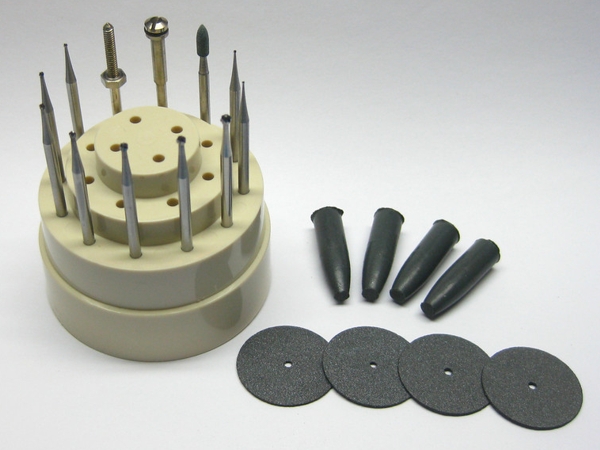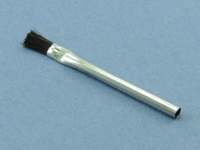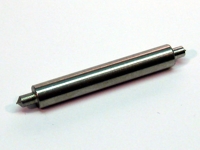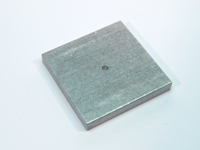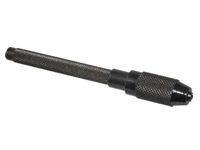|
Outline
This procedure covers repairing a damaged hole with no inner layer connection. An eyelet is used to repair the damage to the hole, and the eyelet flange replaces the lands on the circuit board surface.
|
||||||||||||||||||||||||||||||||||||||
|
Procedure
Eyelet Selection Criteria
Evaluation
|
||||||||||||||||||||||||||||||||||||||
Images and Figures
Plated Hole Repair, No Inner Layer Connection
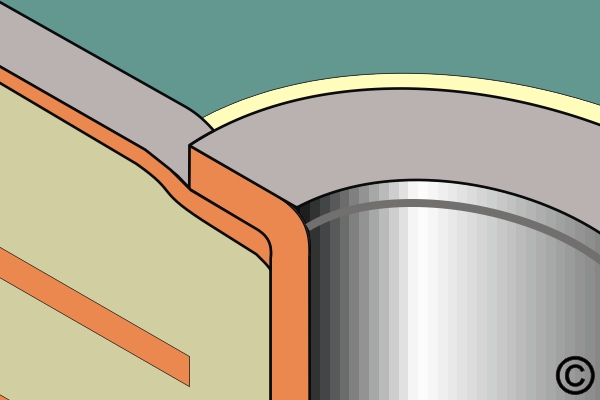
Figure 1. The eyelet flange can be used to secure a new circuit in place.
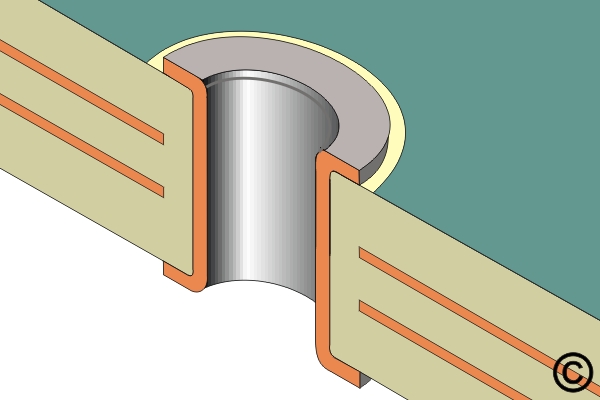
Figure 2. Completed repair.
|
||||||||||||||||||||||||||||||||||||||
5.1 Plated Hole Repair, No Inner Layer Connection
Procedure to repair damaged plated holes without inner layer connections on circuit board assemblies.
Minimum Skill Level: Intermediate
Conformance Level: High
REQUEST FOR QUOTE GUIDES INDEX

Plated Hole Repair, No Inner Layer Connection

The eyelet flange can be used to secure a new circuit in place.

Completed repair.
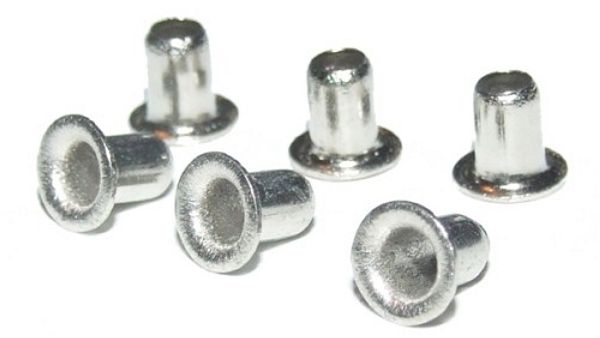
Eyelets are the most common way to repair plated holes conformint to IPC guidelines.
LEARN MORE
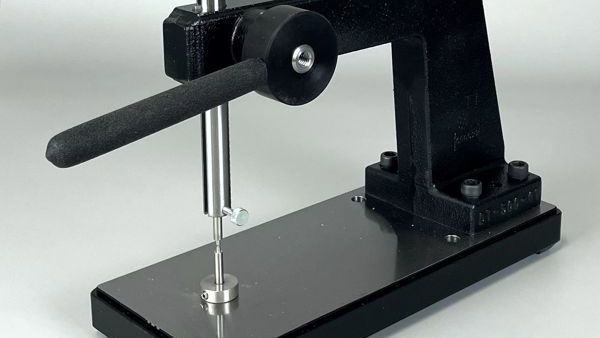
This rugged, heavy-duty press precisely forms eyelets for repair or assembly, ensuring the eyelets meet industry guidelines.
LEARN MORE
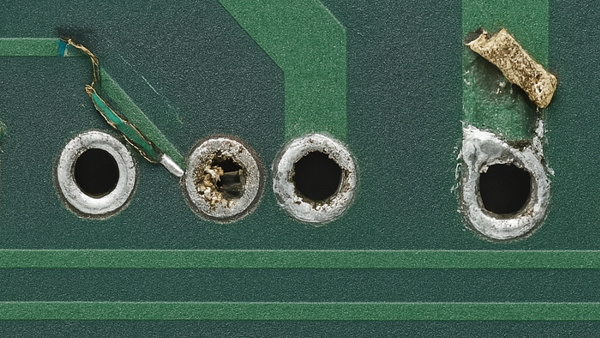
We're here to help restore damaged circuitry and plated holes following IPC guidelines.
LEARN MORE
SLIDESHOW STARTING
❮
❯

